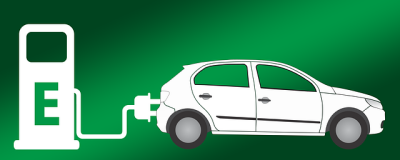The world is moving towards electric vehicles (EVs) as a way to reduce greenhouse gas emissions and combat climate change. However, the production of electric vehicles requires a significant amount of raw materials, including lithium, cobalt and nickel. These materials are becoming scarcer and more expensive, and there is a risk of a battery crisis if the demand for electric vehicles exceeds the supply of raw materials.
One way to avoid a battery crisis is to use small, lightweight electric vehicles. Small electric vehicles require less battery power to run, reducing the demand for raw materials. Additionally, small EVs are often more aerodynamic than larger vehicles, further reducing power consumption.
The use of small and light electric vehicles (such as Nissan Leaf, Hyundai Kona, or similar) has a number of benefits. First, they are more fuel efficient, which can save drivers money on fuel costs. Second, they produce fewer emissions, which can help improve air quality. Third, they are often easier to park and maneuver, which can be especially beneficial in urban areas.
Of course, there are also some challenges associated with the use of small and light electric vehicles. First, they may have a shorter range than larger vehicles. Second, they may not be able to carry as much weight. Third, they may not be as comfortable or roomy as larger vehicles.

But in general, the benefits of using small and light electric vehicles outweigh the drawbacks, and therefore we should encourage the use of these types of vehicles. Big and heavy SUVs are a relic of the past that we should avoid, and ignore the car manufacturers that offer them to us because they are more expensive and get better profit margins with them.
In addition to using small and light electric vehicles, there are other things that can be done to avoid a battery crisis. These include:
• Invest in research and development of new battery technologies that are more efficient and less dependent on scarce raw materials.
• Recycling and reuse of batteries to extend their useful life.
• Develop a more efficient charging infrastructure to reduce the amount of time it takes to charge electric vehicles.
• Encourage carpooling and other forms of shared mobility to reduce the number of vehicles on the road.
If these steps are taken, we could help ensure that the transition to electric vehicles is smooth and more sustainable.
Time will tell us what happens.

